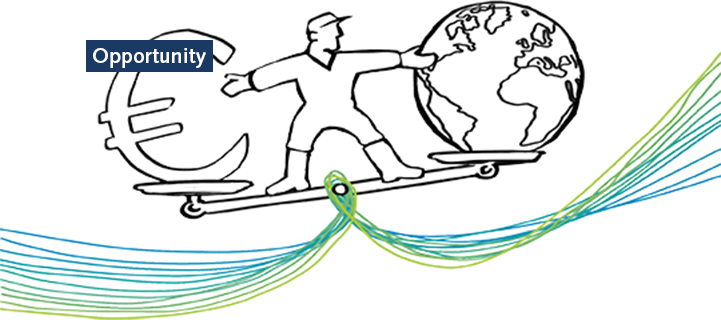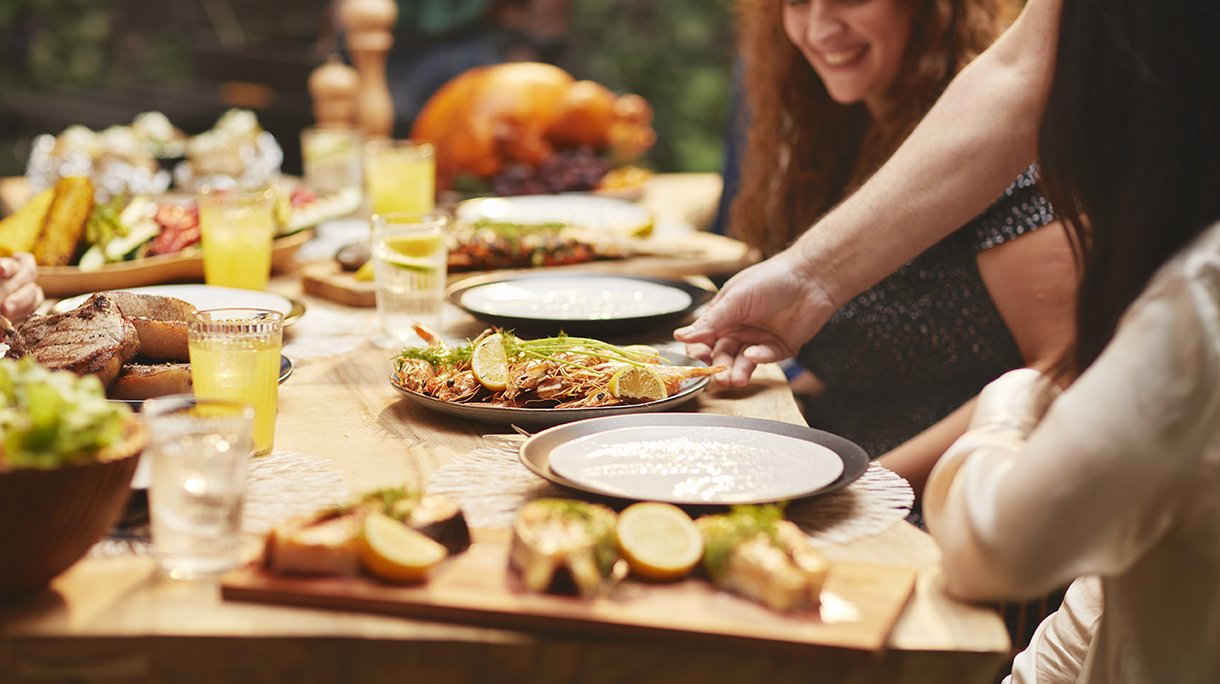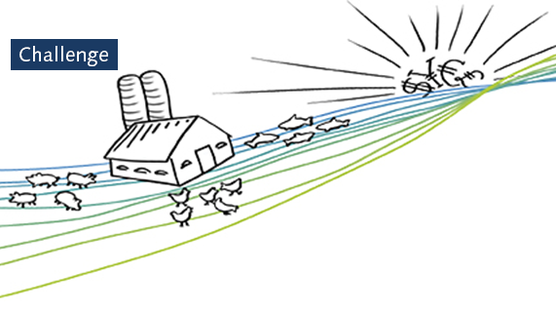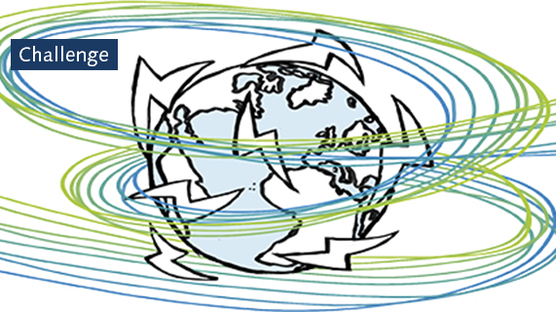
Published on Aug. 2, 2021
Finding the right balance in our food system
Today, roughly 800 million people are hungry, and three billion people cannot afford a healthy diet. Malnutrition is a contributing factor to roughly 45% of deaths of children under age five in developing countries. On the other side, consumption of highly processed foods is pushing obesity rates ever higher. We have not found the right balance yet.
We are facing a declining ecosystem and unavoidable climate change. Food is fundamental to our health, environment, society, and economy, but today’s food system is not very efficient and effective. It produces a lot of waste, uses resources intensively, and pollutes the planet. An estimated 30 to 40% of all food is lost or wasted.
The COVID-19 pandemic has exposed the vulnerability of our current food system. This is simply not sustainable.

The number one solution
The number-one solution that can help fix the biggest flaw in our food system is reducing food loss and waste. According to the U.N.E.P. (United Nations Environment Program) reversing food waste would preserve enough food to feed 2 billion people. Reducing food loss and waste is possible across all stages of production, distribution, and consumption. Causes range from poor handling, inadequate transport or storage, lack of cold chain capacity, extreme weather conditions to cosmetic standards, and a lack of planning and cooking skills among consumers.
The fact that substantial amounts of food that are produced but not eaten has substantial negative economic, social and environmental impacts. According to estimations, it is calculated that 8 to 10% of global greenhouse gas emissions are associated with food that is not consumed.
Most research on food loss and food waste has focused on post-harvest, retail, and consumer levels, but according to recent studies up to a third of all crops do not get harvested due to market fluctuations. These crops still required plenty of water, land, fertilizer, and agricultural labor. All wasted.
Simply put, reducing food lost or wasted means more food for all, less greenhouse gas emissions, less pressure on environment, and increased productivity and economic growth.
From linear to circular?
A circular economy for food is still a relatively new concept, and there is no widely adopted definition yet. However, most experts in this field describe it like this: A circular food economy resembles the natural systems of regeneration. This means that we must change what we grow, how we grow it by changing to eating what nature can provide.
In a circular system, food is not lost or wasted. This is in line with the number one solution describe earlier in this article. A circular economy for food also involves the recycling of nutrients to use them productively as fertilizers to make textiles or process them as animal feed ingredients.

Steps in the right direction
Besides the need to reduce food loss and waste, implement circular systems to regenerate nature, more simple solutions can already improve the sustainability of our current food system and not block the transit to another system.
Application of existing innovation and technologies can increase the availability of food and reduce the environmental footprint of agricultural production. Some innovations and areas of opportunity could include:
- Universal application of knowledge and solutions to bring significant gains in output, like crop yields or harvest results, especially for small-scale farmers.
- Visibility along the food supply chains including data to find areas of major hot spots of food loss and waste along with solutions.
- Prolonging shelf life of perishable foods with better food packaging
- Strengthening infrastructure and logistics with sustainable cold chains and cooling technologies to get the final food faster and in better shape to the consumer.
- At the consumer level, relaxing on standards and educating on aesthetic requirements for food products to consume more of what is being produced.
Reducing food loss in the supply chain is likely to yield the strongest positive result for greater food security. Moving from linear to a circular food system will require a dramatic change in thinking and therefore time. In the meantime, this should not prevent us from ignoring other solutions that can provide incremental changes towards a more sustainable food system.
Our end goal is to relieve the high pressure on the environment, increasingly scarce natural resources, on biodiversity, and the climate.
What are your thoughts on our environmental sustainability stories?
If there is a topic you would like us to cover, please submit it via the button below.
You've read an opportunity article. Interested in the solution or challenge?
Do you want to explore all articles?



